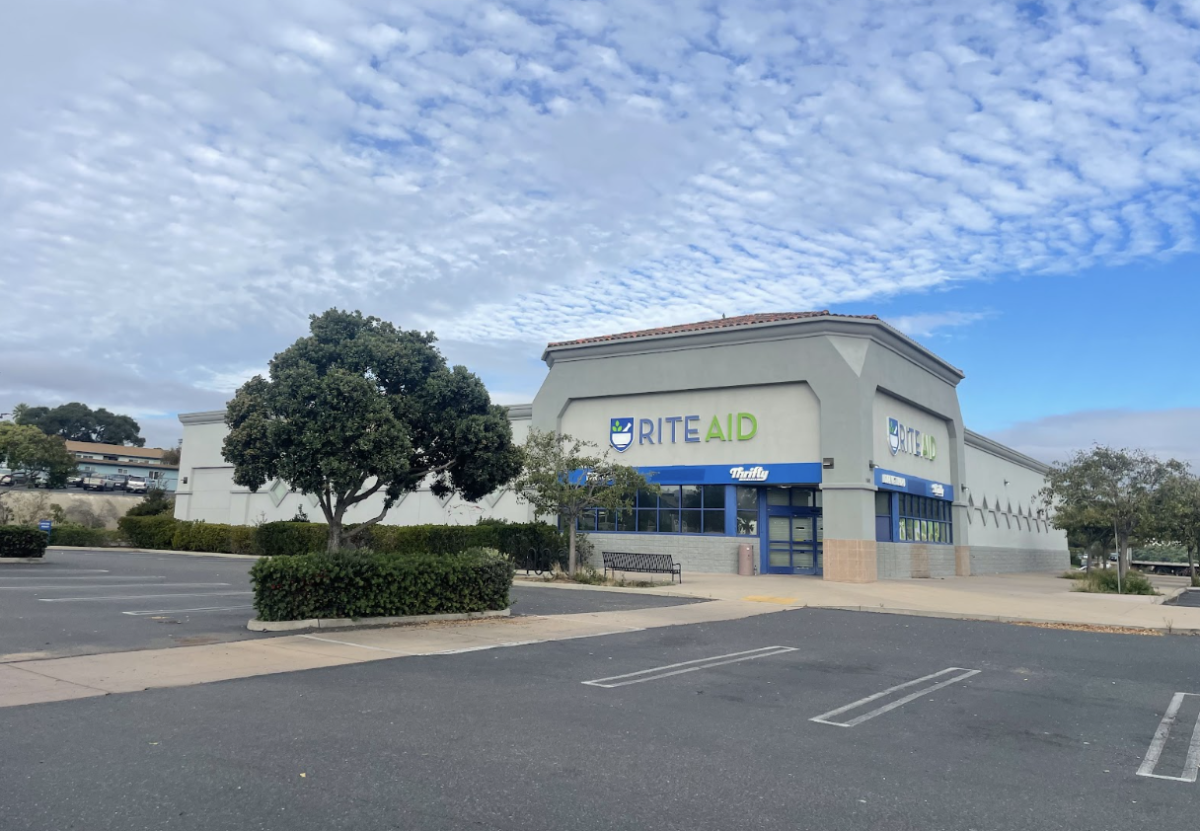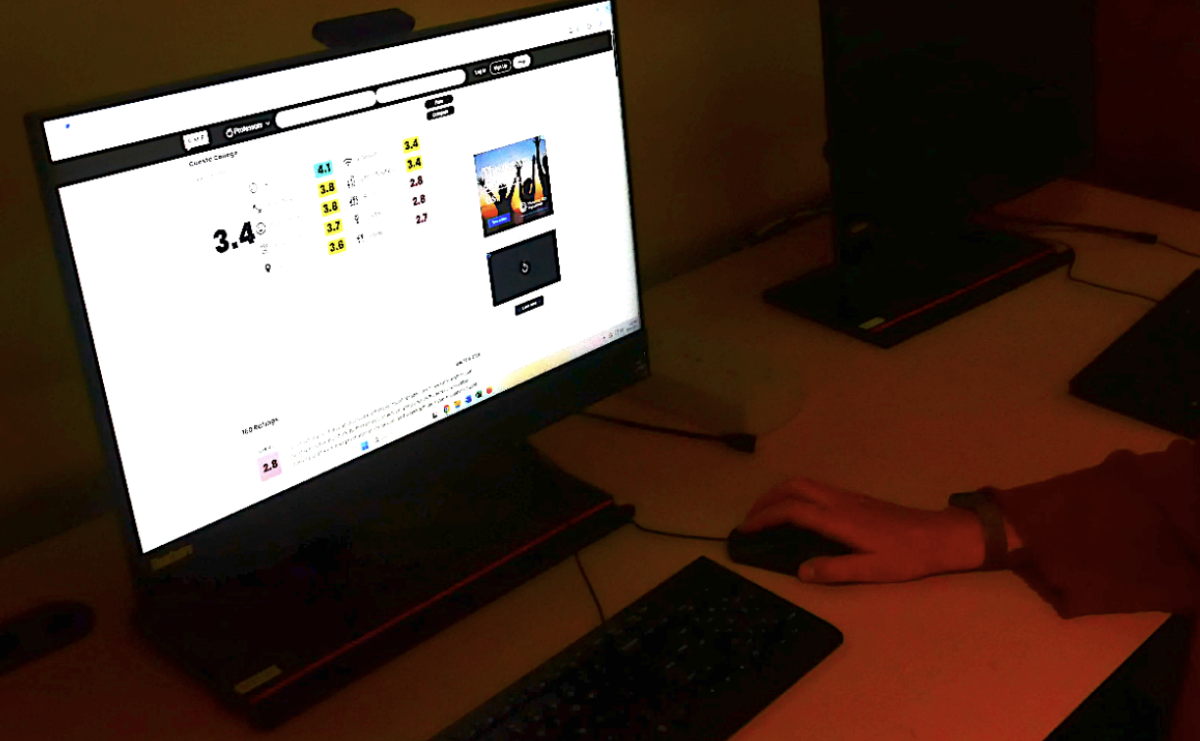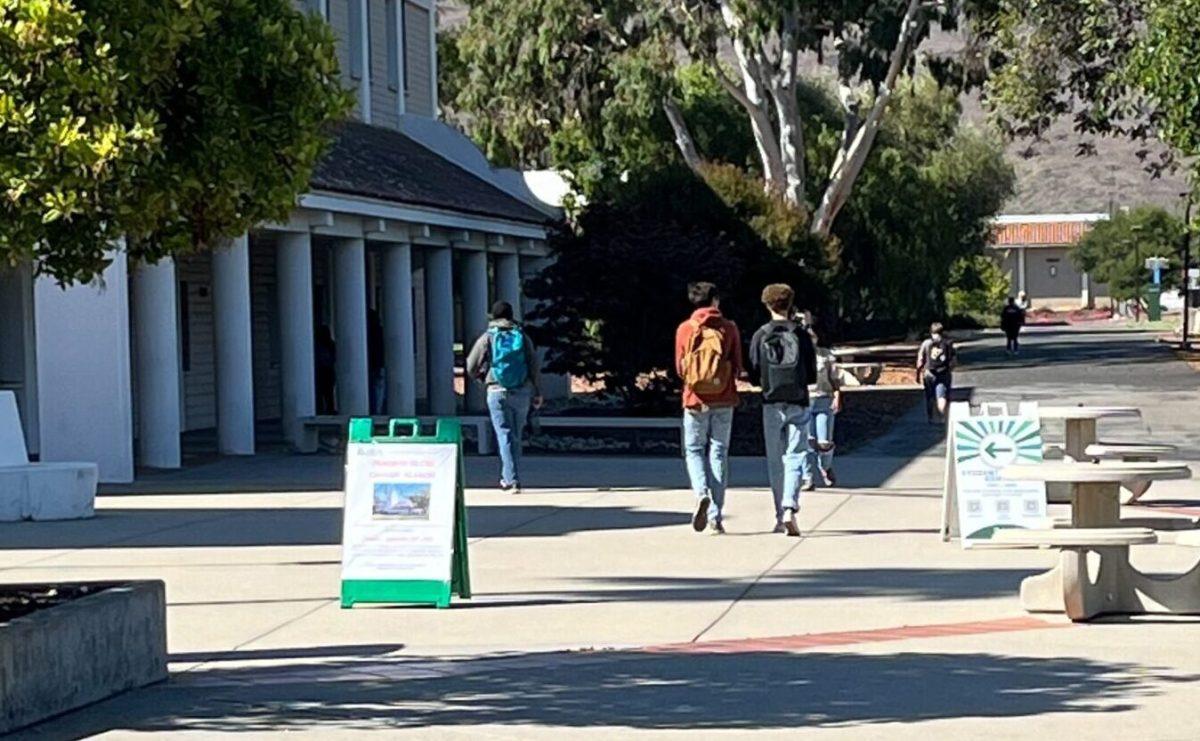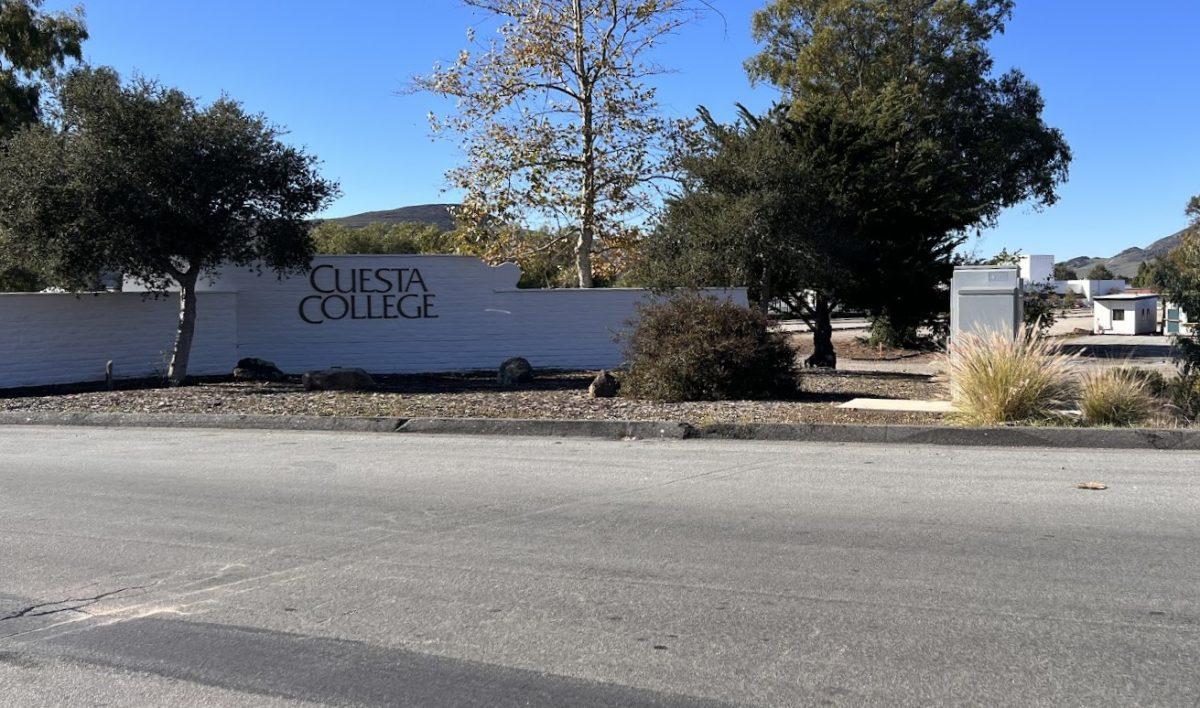The Cuesta College North County Campus is located in San Luis Obispo County, positioned in the small town of Paso Robles, Calif.; only miles away from Highway 101 and Highway 46, this area has been called a natural corridor for human trafficking.Â
The Central Coast is a convenient stop between Los Angeles and San Francisco, and a direct connection to the Central Valley, making it a hotspot for traffickers that are transporting victims between California’s big cities.Â
The highways that intersect San Luis Obispo County do not merely bring traffickers that are simply passing through.Â
Intertwined with the west coast beaches, abundant wineries, and rolling hills, the San Luis Obispo County Sheriff’s Office has conducted 38 operations related to human trafficking in the last two years.Â
District Attorney Dan Dow established The San Luis Obispo County Anti-Human Trafficking Task Force in 2014. The task force has been running sting operations bringing to light the truth about human trafficking, and the demand for prostitution, in SLO County.Â
In July, 2020, Dow announced that criminal charges were being filed against seven suspects for the solicitation of prostitution, and he also had a message for the public.
“The demand for prostitution creates a lucrative cash market that traffickers fill with victims — many who are children,†Dow said. “Our local anti-human trafficking purchaser sting operations are designed to reduce the demand for commercial sex that leads to exploitation of minors and adults every day in our community. If you are considering purchasing sexual services, please stop and consider that 1 million kids are trafficked for sex each year.”
Part of breaking the cycle of human trafficking is understanding the truth about supply and demand. Buyers create the demand for all 25 different types of human trafficking, and traffickers like Lucion Lee Edward Banks fill that demand with victims.
Banks was convicted earlier this year of human trafficking a 14-year-old girl in San Luis Obispo.
Susan Carter, co-founder and administrator of Freedom Calling – North County, a faith based organization that seeks to educate the community on human trafficking and provide resources for victims, knows that citizens can help stop the cycle of human trafficking through raising awareness and breaking down myths.
“There are common myths about human trafficking,†Carter said. “Victims are not always locked up and held against their will; victims are often groomed by their trafficker. Pimps will be there for their victims for 3 hours, 10 days, 4 months, for 2 years, before even doing anything. They put in the time with their victims.â€
When people think about human trafficking, they commonly picture someone being abducted by gang members or criminals, and then being forced into some form of slavery. Carter warns against this misconception.Â
“Foster children typically have the highest incidences of trafficking, because they are susceptible and vulnerable, these children go in and out of different homes, and they don’t have any consistent parental attention,†Carter said. “However, aside from the foster care system, and aspects of trafficking such as labor trafficking, there is the hidden secret of familial trafficking. Familial trafficking is not uncommon, and it is so hidden that most people are unwilling to talk about it. I have worked with a woman who was trafficked with her twin sister at the age of 2, and their trafficker was their father.â€Â
Increasing community awareness fights against human trafficking, and people like Carter are making a difference by starting the conversations that many people attempt to avoid.
“If you want to have a voice in the community there are resources, but the most important thing is, if you see something, say something,†Carter said. “Call 911, local law enforcement, or The National Human Trafficking Hotline that is available 24 hours a day.â€Â
For more information on how individuals could get involved in the fight against human trafficking in SLO County, visit freedomcalling.org.






















Brenda Balducci • May 24, 2021 at 7:22 pm
Very well written article, exploring a sad reality in our communities